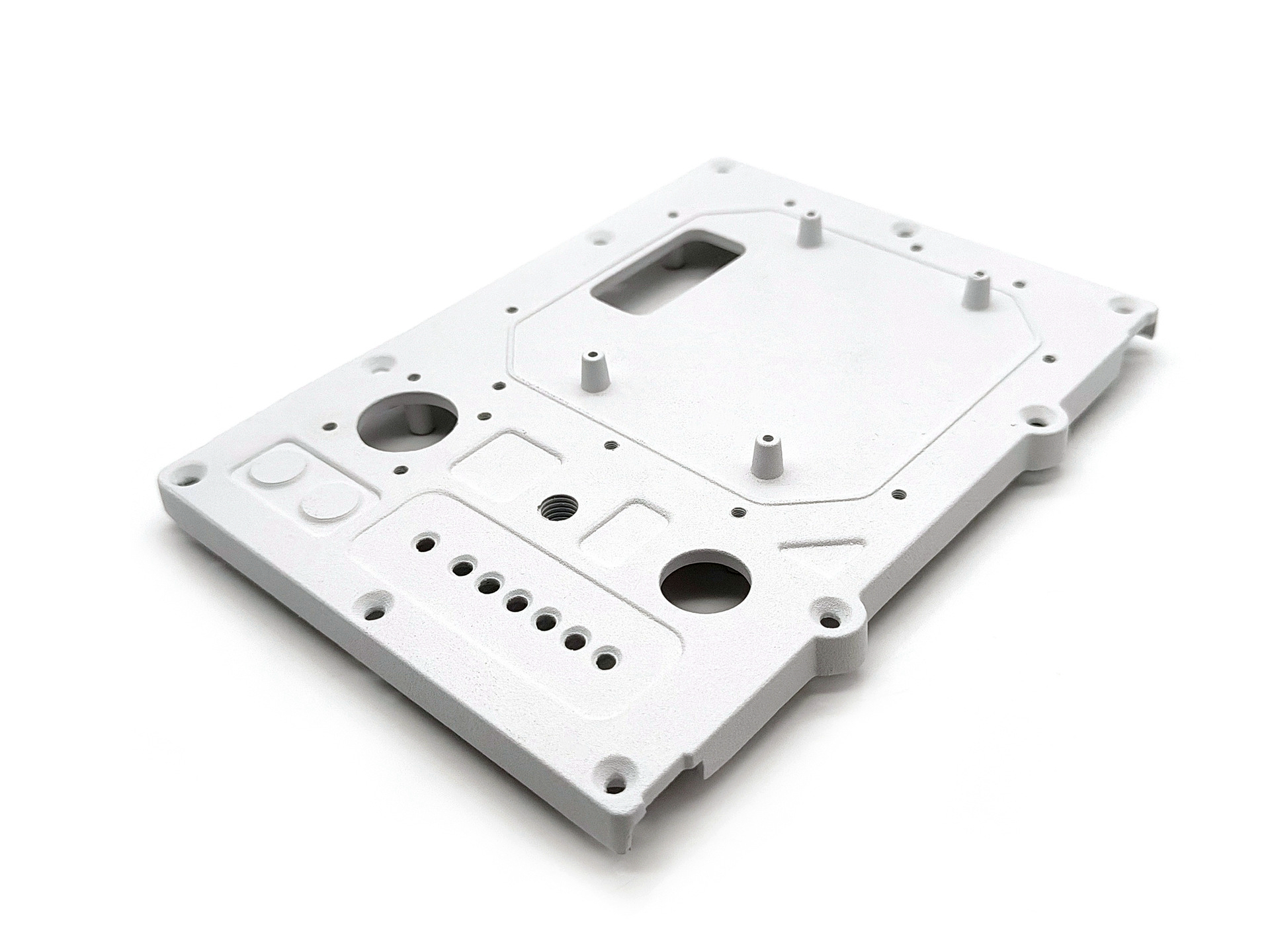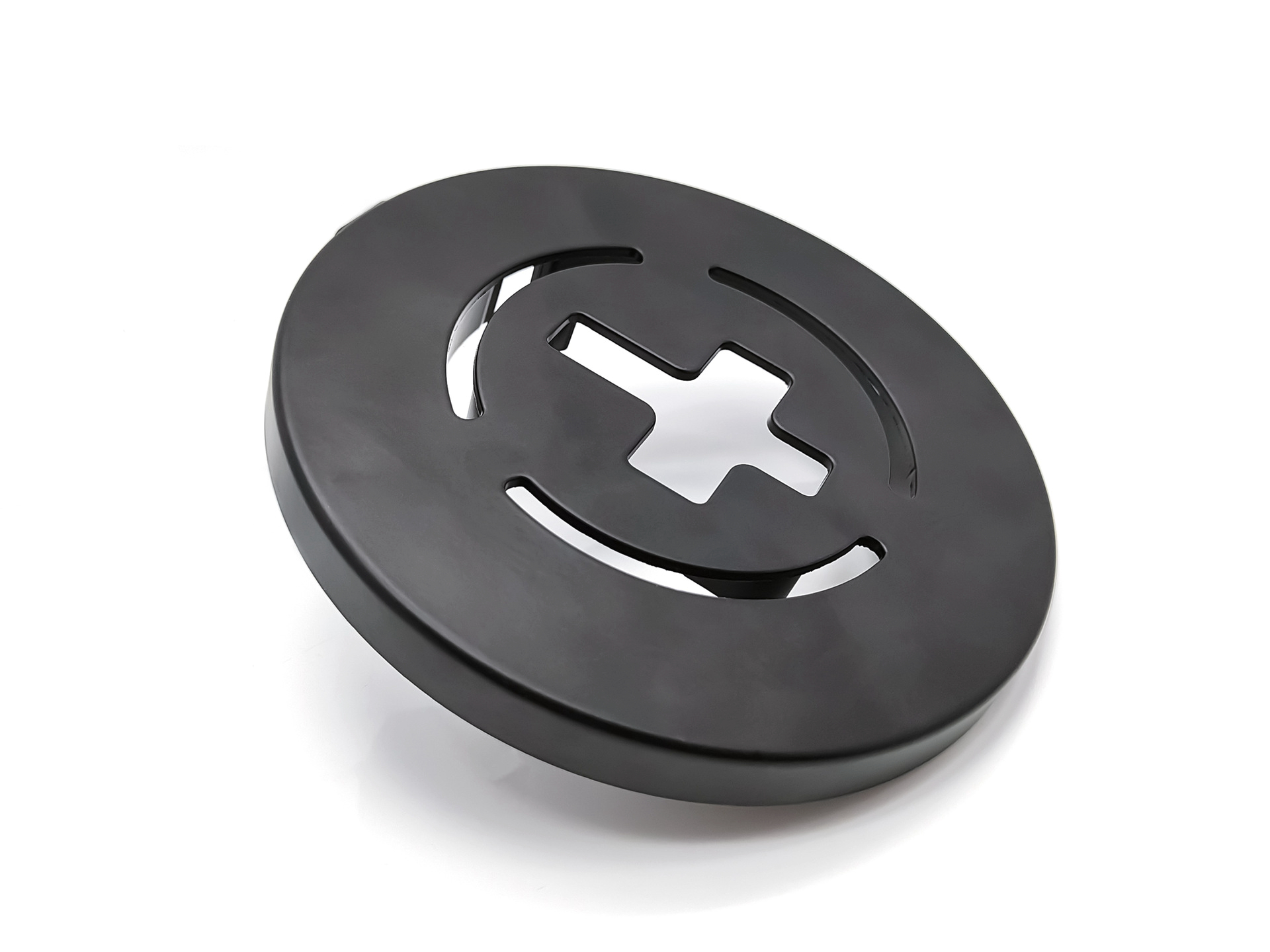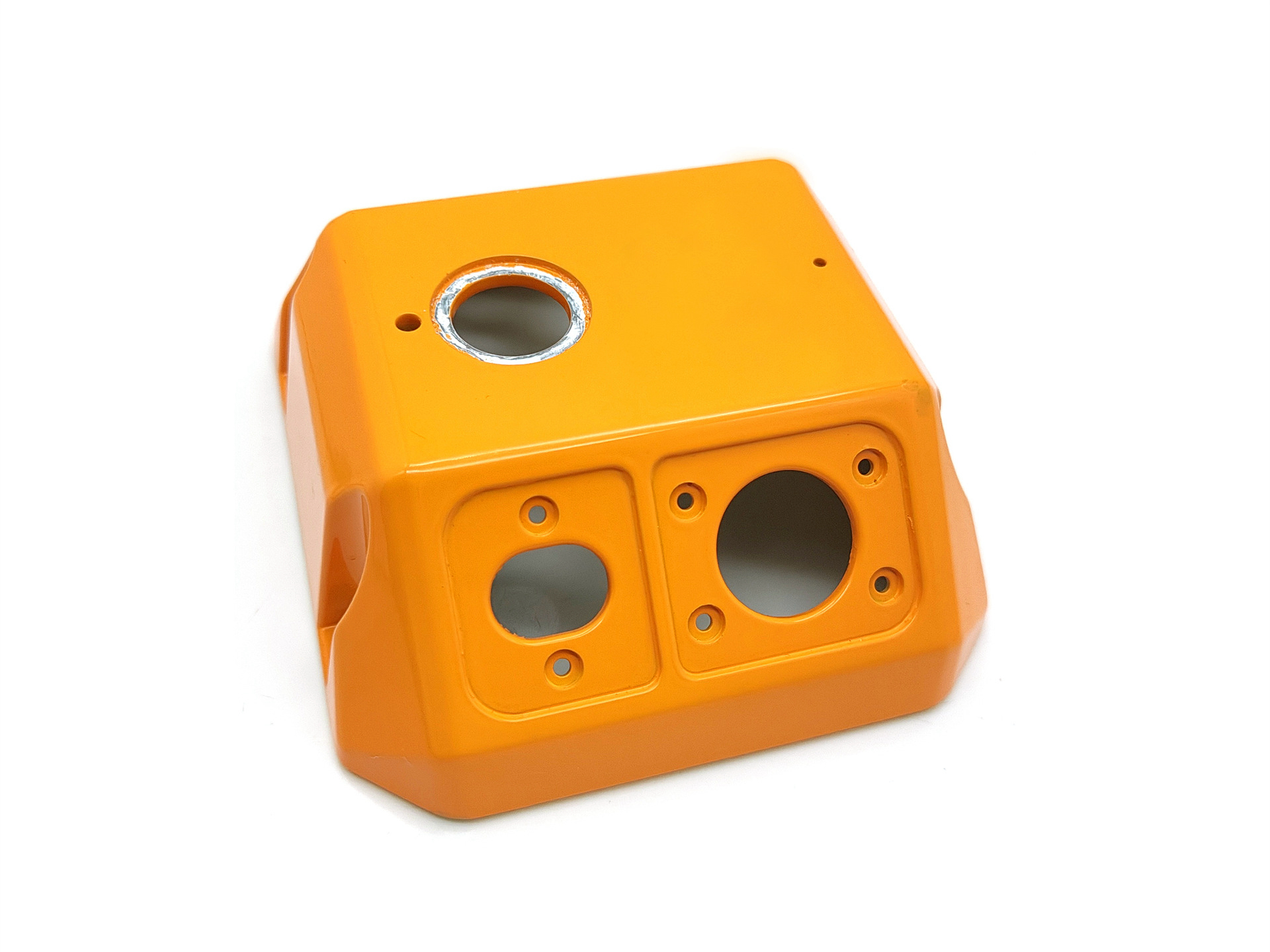How early should I involve Neway’s engineering team in the design phase?
Involving Neway’s engineering team at the earliest stage of your product development cycle is essential to optimize manufacturability, control costs, and accelerate time to market. Whether you’re developing a new enclosure, bracket, heat sink, or structural part, early collaboration enables comprehensive Design for Manufacturability (DFM) analysis, tooling strategy, and material selection to be aligned with your functional and budgetary goals.
Why Early Involvement Matters
Design decisions made at the conceptual or 3D modeling stage significantly impact tooling cost, cycle time, dimensional tolerance, and yield rate. According to industry studies, 80% of manufacturing costs are determined by design choices—yet these choices are often locked in before consulting a manufacturing expert.
Neway’s die casting design services are structured to help customers identify potential manufacturing constraints before moving to tooling. By integrating engineering support early, parts are optimized for function, high-efficiency production, and minimal defect rates.
Optimal Stage for Engineering Engagement
Project Stage | Ideal Engineering Support |
|---|---|
Concept / Ideation | High-value: Initial feasibility review, alloy recommendations, basic draft/dimension analysis |
CAD Design / Prototyping | Critical: Wall thickness, draft angle, fillets, parting lines, DFM adjustments |
Pre-Tooling / Quotation | Essential: Gating layout, flow simulation, tolerance stack-up, tool design considerations |
Tooling / Production Ramp-Up | Continued: Validation of production parameters, cycle time tuning, and QA checkpoints |
Key Benefits of Early Collaboration
Improved Manufacturability
Neway’s team reviews part geometry to ensure compatibility with the selected process, be it aluminum die casting, zinc die casting, or copper die casting. Recommendations may include:
Standardizing wall thickness (e.g., 2.5–3.5 mm for aluminum A380)
Adding draft angles (1°–3° typical) for mold release
Optimizing ribs and bosses to reduce thermal mass or tool complexity
These design refinements can eliminate the need for costly tooling modifications later.
Cost and Lead Time Reduction
Early DFM analysis avoids downstream problems such as:
Undercuts requiring complex tool actions
Shrinkage porosity due to uneven sections
Long machining cycles due to over-toleranced features
For example, by identifying and eliminating unnecessary undercuts or thin unsupported walls in a housing design, Neway has helped reduce tooling lead time by up to 20% and part rejection rates by 30%.
Rapid Prototyping Validation
Neway can also offer rapid prototyping using urethane casting or 3D printing when involved early. This allows functional testing and assembly verification before committing to production tooling.
Validate part fit and structural integrity
Perform early-stage thermal or airflow testing
Avoid rework by confirming key dimensions before tooling
Streamlined Tooling Transition
With early involvement, Neway’s tool and die team can proactively plan for:
Ideal gating and runner layout
Ejection strategy and part orientation
Optimal tool steel selection (e.g., H13, P20, or D2)
This ensures tools are built with a production-ready mindset, reducing mold trial iterations and improving first-shot success rates.
Seamless Engineering Communication
Neway supports collaborative communication via:
Native 3D CAD file exchange (e.g., STEP, IGES, Parasolid)
Tolerance and GD&T validation per ISO 8015 or ASME Y14.5
Weekly DFM/engineering syncs for complex projects
Real-time feedback on mold flow simulation and stress analysis
Conclusion
The best time to involve Neway’s engineering team is as early as possible—ideally during the initial design or concept phase. Early engagement enables Neway to guide you through design optimization, material suitability, simulation analysis, and tooling feasibility before finalizing cost-driving decisions. By integrating engineering at the start, you benefit from faster tooling cycles, fewer revisions, and higher-quality production outcomes.



